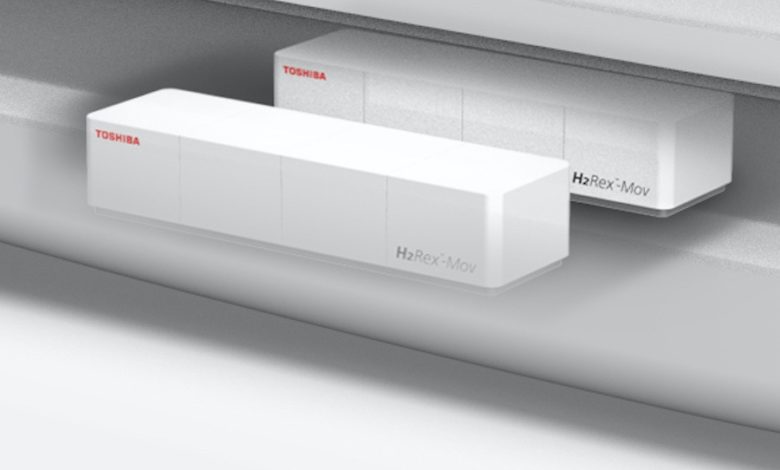Toshiba takes next step in maritime fuel cell development

One of the world’s most advanced developers of fuel cells, Toshiba, is upping its focus on ships.
Toshiba Energy Systems & Solutions Corporation (Toshiba ESS) has signed an agreement with New Energy and Industrial Technology Development Organization (NEDO) on commissioned business for a multi-utility pure hydrogen fuel cell module for large modes of transport as a part of technology R&D programs for widespread implementation of fuel cells.
The project will develop a compact, lightweight and high-power 200kW class standard module of pure hydrogen fuel cells, for use by vessels, railroad vehicles, construction machinery and other large modes of transport, to be completed by the end of fiscal 2024.
Last month, the Toshiba subsidiary teamed with shipping line Nippon Yusen Kaisha (NYK), Kawasaki Heavy Industries, ClassNK, and ENEOS Corporation to work with NEDO on a demonstration project on a ferry with a view to commercialising the use of high-power hydrogen fuel cells at sea.
Maritime fuel cell developments are happening fast across the world this year.
Japanese automaker Toyota has developed a fuel cell system for maritime applications earlier this year which is now undergoing trials.
Earlier this month Splash reported how a Scandinavian team is developing a 1.2 MW prototype fuel cell that will be mounted onboard one of Odfjell’s newest chemical tankers.
Meanwhile, Oslo-based TECO 2030 has recently entered into a partnership agreement with hydrogen specialists AVL to develop the TECO Marine Fuel Cell, a hydrogen fuel cell system specifically designed for heavy-duty marine applications.
In June, Bloom Energy and Samsung Heavy Industries (SHI) signed a joint development agreement (JDA) to design and develop fuel cell-powered ships, an important moment for one of the world’s largest shipyards in showing where it thinks the future fuel debate is headed.
Haeki Jang, vice president of shipbuilding and drilling sales engineering at the Korean yard, commented at the time: “Our goal is to replace all existing main engines and generator engines with these highly efficient solid oxide fuel cells to align with the International Maritime Organization’s 2030 and 2050 environmental targets.”
Last month, Shell issued a 25-page shipping decarbonisation report in which it went through the potential role of different future fuels. Shell’s analysis points to hydrogen and fuel cells as the zero-emissions technologies with the greatest potential to help the shipping sector achieve net-zero emissions by 2050.
